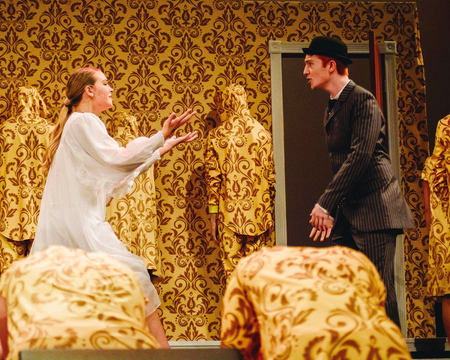The Yellow Wallpaper
by charlotte perkins gilman

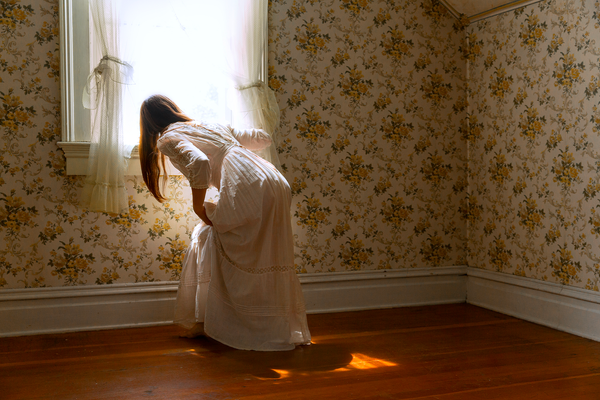
The Yellow Wallpaper is a short story written by Charlotte Perkins Gilman. It is a metaphorical piece based on Gilman’s own struggles with patriarchalism. The story is a combination of diary entries that detail the decline of a woman's mental health after being isolated from society to "cure" her mind. While elements of the story include Gilman’s real life experiences, the piece is mainly fiction and not true to her reality.
Literary Genre:

Characteristics of "The Yellow wallpaper" that categorize it as a
Gothic short story:
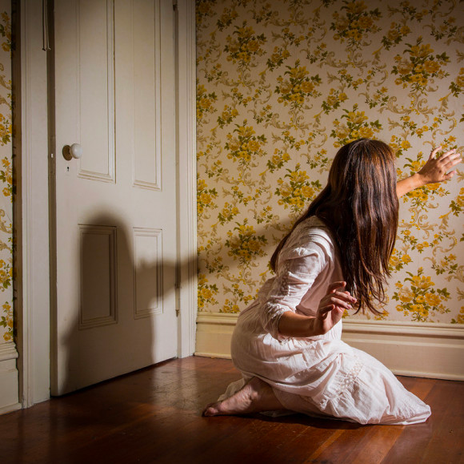
- first person Limited POV
- Suspensful Atmosphere
- A central Conflict
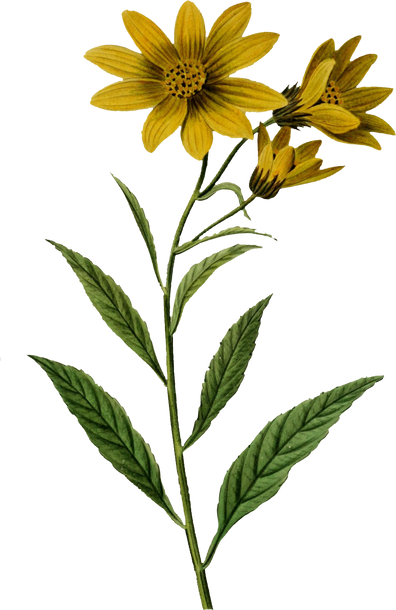


Typically, short stories have limited characters and only one person's point of view. This allows the author to keep the piece short enough to be read in one sitting.

In this story, the author only writes about the main characters thoughts. For example, "John is a physician, and perhaps - (I would not say it to a living soul, of course, but this is dead paper and a great relief to my mind - ) perhaps that is one reason I do not get well faster". The author includes thoughts from the main character that she would never have said aloud.
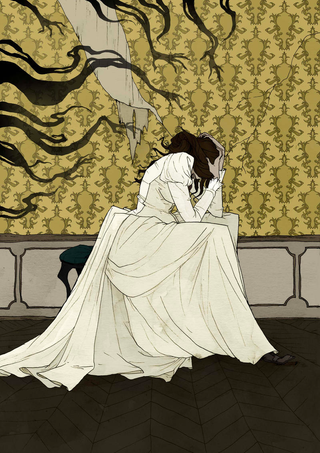

The story is written from the perspective of a mentally ill women. It is a collection of her diary entries from her time in "rest care".


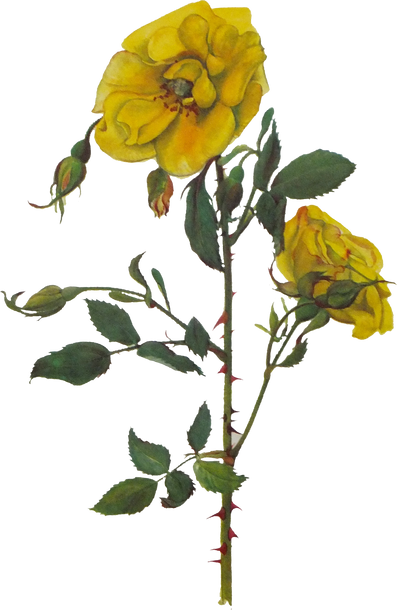


In this quote, the main character has derailed from reality and gone completely into a manic state. Her separation from reality creates an eerie tone further enforcing the suspenseful atmosphere of the gothic story.
Gothic/horror stories are known for having elements of suspense and mystery.
The author creates suspense in the story by describing decline of the main character's mental health.

"I don't like to look out of the windows even - there are so many of those creeping women, and they creep so fast. I wonder if they all come out of that wall-paper as I did?"


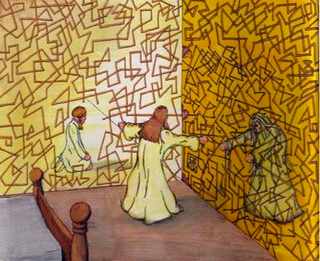
the author writes in shorter and more erratic senses towards the end of the story.



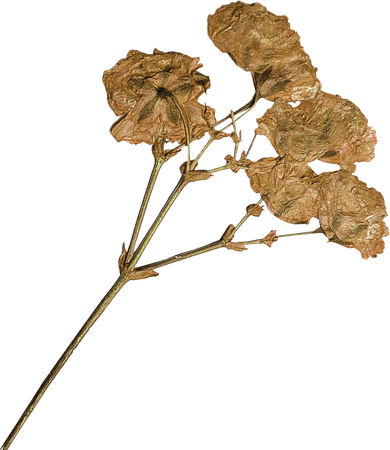

typically, short stories contain one central conflict or theme.

There is both internal and external conflicts in this story. The internal conflict is between the main character and her mental illnesses. The external conflict is the oppression of women by men.

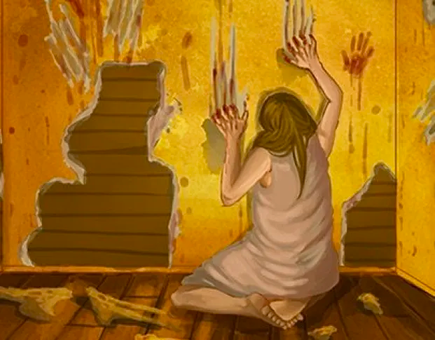

In the story, the main character's husband is oppressing her by ignoring her concerns and making all the decisions for her.
"You see he does not believe I am sick! . And what can one do?"
This story only focuses on these two conflicts which characterizes it as a short story.




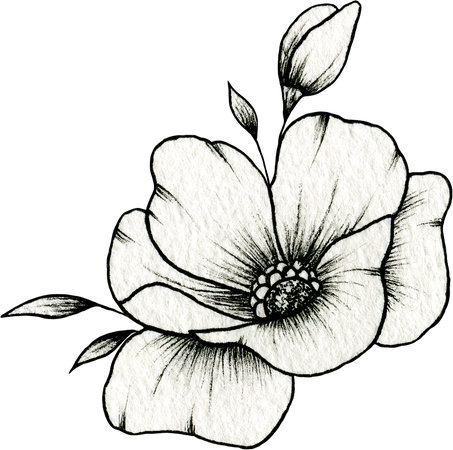


One of the main elements of a short story is a major plot twist.
The central irony of the story is that the more the husband of the main character tried to help, the worse the main character's mental state became.
At the end of the story, the main character's husband tries to break her from her "imprisonment" by breaking the door down with an axe. The irony is that the women has imprisoned herself in her manic belief that she must protect her husband from the women in the wallpaper.



there is no major plot twist in the story, however, the story's ending is ironic.

Although there was no definitive plot twist in the story, the author still incorporated a engaging ending to complete her short story.
